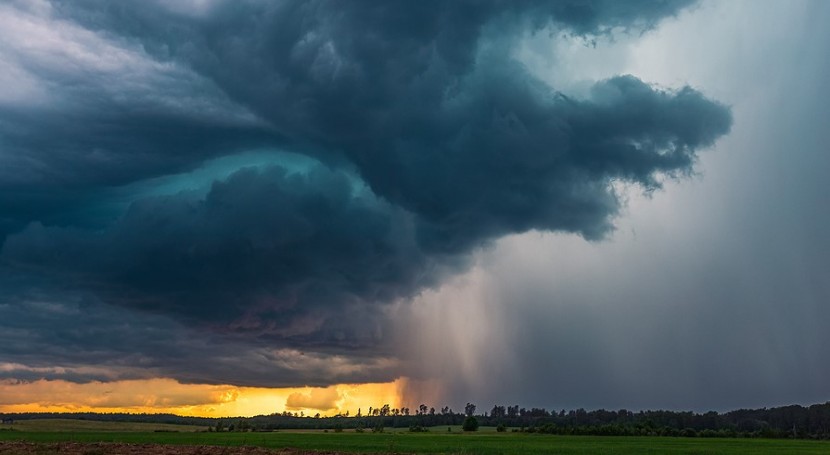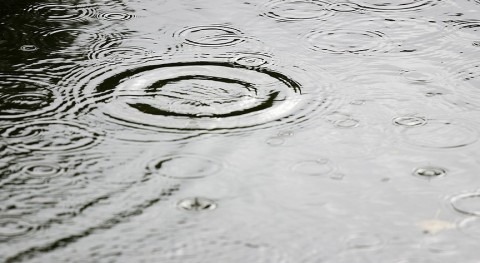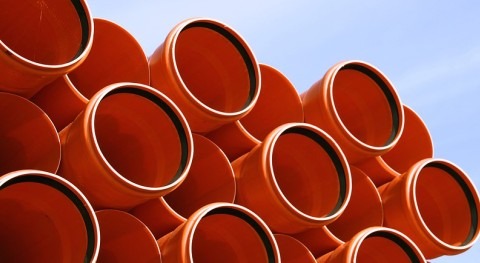Utility company Southern Water has outlined its plans to reduce the use of storm overflows, as part of a two-year programme to expand both its engineering and nature-based solutions, with the aim being to stop and slow groundwater and surface water from reaching the sewerage system.
The work will be focused on three of the supplier’s catchment areas: the Isle of Wight, Kent’s north and east coasts and the Harbours and South Downs regions of West Sussex and Hampshire.
In all, investments of up to an additional £50 million would be made between now and spring 2025, with plans including improving the existing network, making sure all sewer pipes are connected properly and making communities greener.
This will be achieved through the implementation of new wetland schemes in the local countryside, the introduction of swales and tree pits into urban centres and the installation of rain garden planters, making the most of natural defences to help slow the flow of water.
Work is already underway on the Isle of Wight in Gurnard and Cowes, with Freshwater Yarmouth, Wotton and Fishbourne next on the list. In Havenstreet, meanwhile, the use of slow-draining water butts has already been piloted, with two-thirds of customers participating in the trial.
Controlling the amount of water reaching the ground in this way has successfully led to a 70 per cent reduction in local storm overflow use.
And in Kent, efforts will be expanded in Deal, Whitstable and Margate to achieve at least a 20 per cent reduction in total storm overflows by spring 2025.
As for Fairlight in East Sussex, legacy surface water flooding will be the focus, while in the Harbours and South Downs area, the supplier will be looking into addressing pressurised groundwater affecting private and public sewers.
Lawrence Gosden, CEO of Southern Water, said: “Reducing the use of storm overflows and their impact on water quality is a priority for me. To do this we have to get to the root of the problem and reduce the amount of surface water entering the sewerage system.
“The opportunity to accelerate our rollout of the innovative and sustainable drainage solutions we have already piloted, on a much larger scale in three specific areas, is a positive opportunity. These tactics have proven to help reduce volumes of surface water, stop sewage spills, and bring nature back to communities.
“This comes ahead of a much wider investment of billions of pounds over the coming decades, marking the beginning of the end for storm overflows.”
The use of storm overflows is permissible when normal sewer levels rise because of an increase in surface and groundwater flooding the system, which typically happens during or after a period of intense and heavy rainfall. The mechanism serves as a release valve so that this water enters the natural environment, instead of flooding homes and businesses.
But the impact that this has on the natural environment must not be understated and, as such, reducing pressure on the system is now necessary, particularly when you factor in climate change and rising global temperatures, which will increase extreme weather events like flooding and drought.
Nature-based solutions
As Southern Water asserts, in order to reduce storm overflow releases, new and innovative solutions to deliver resilient and adaptable infrastructure must be delivered. It has identified three main ways to reduce overflows: source control, making better use of existing infrastructure and building bigger infrastructure.
Where source control is concerned, nature-based solutions will come into their own – and they’re something that businesses and domestic properties may also be able to invest in, helping to ease pressure on the system even more.
Rain garden planters
Rain garden planters are an example of sustainable urban drainage systems (SuDS), helping to steady surface water flow and reduce surface water flood risks.
They use the rainwater that lands on the roof of your site, which is directed down the drain pipe and straight into the planter. The soil therein then absorbs and stores the water for the plants to use, a process known as bioretention. Any excess water is then filtered into the gravel layer of the planter before draining out of the perforated base drainage pipe.
Swales & tree pits
Another alternative SuDS option is the use of swales, which are shallow grass channels that have wide flat bottoms and gentle side slopes. They work by allowing water to flow from one place to another, giving it time to soak into the ground as it goes. They can also be used to store water if a lining is fitted to the channel itself.
And vegetation found in the swale can also serve to slow the flow of water, which gives sediment a chance to settle out while reducing pollutants. Biodiversity can also be supported through swale construction, providing wildlife habitats while delivering more practical drainage functions.
Tree pits, meanwhile, have an essential role to play in the management of stormwater in urban environments where there are lots of impermeable surfaces in situ, increasing the risk of flooding.
But with these trees in place, water runoff can be diverted away from the sewer system to provide nourishment for the trees themselves, as well as improving the mental and physical wellbeing of residents, filtering out urban pollutants and helping to offset CO2 emissions
Wetlands
Wetlands are waterways made up of dense vegetation, using sedimentation and filtration to help ease surface water runoff. They typically consist of a sediment basin, a shallow densely vegetated area and a bypass channel.
They’re highly effective at removing dissolved nutrients, particulates, metals and fine sediment from the water, so are particularly useful when it comes to treating polluted runoff.
These sites can also be constructed on a range of different scales – and you can even make miniature versions in your own garden at home or at your place of business, helping to reduce flood risks in your local area.








